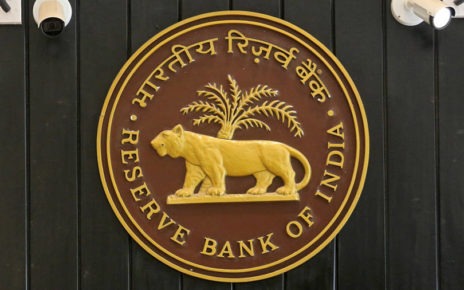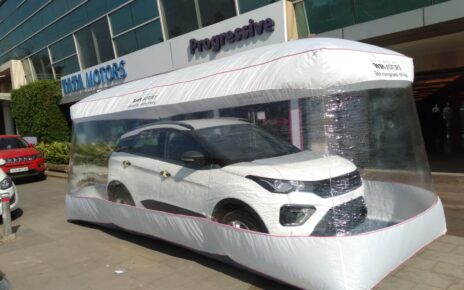Bajaj Auto, the country’s fourth largest two-wheeler maker, plans to spend up to Rs 300 crore this financial year towards new launches, and research and development (R&D).
The Pune-based company that makes bikes and three-wheelers under the brand Pulsar and RE respectively, said it would look to expand and strengthen the 150cc Pulsar segment in addition to pursuing new three wheeler markets within India.
Kevin D’Sa, President (finance), Bajaj Auto, said, “Keeping in mind the R&D expenses, balancing equipment and tooling there is a plan to have a capex of Rs 250-300 crore (for the year).” This remains unchanged from last year’s capex plans.
Intense competition and lack of exciting products in the lower end of the segment has led to a stagnation of Bajaj’s market share in the motorcycle category.
As per data shared by the Society of Indian Automobile Manufacturers (SIAM) the company closed last financial year with a share of 15.6 percent in the motorcycle segment. It had set itself a target of 24 percent market share by March 2018. Bajaj Auto has now decided against giving forward looking guidance particularly on market shares for the full year.
By April-end, its share in the biking segment improved to 16.3 percent on the back of good demand for the budget bikes like CT100 and Platina. Delhi-based Hero Motocorp leads the motorcycle pack with a share of 34.6 percent followed by Honda Motorcycle and Scooter India who has a share of 17.2 percent by end of April.
“Marriage season has been very healthy. Outlook for the industry is positive with rural demand coming in. We expect a 10-11 percent growth in motorcycle sales for industry. We will outperform the industry”, added D’Sa.
Bajaj introduced a twin-disc brake Pulsar powered by a 150cc engine for the same price as the standard base version Pulsar. The base version then saw a price cut of Rs 2,000-2,500. On the CT100 too the company cut the price on the kick-start version which has led to spurt in demand.
“We are having a production constraint on the CT(100) and the Pulsar and hence we cannot produce as much as the market wants at this stage,” added D’Sa.
With increased demand for both two and three wheelers Bajaj Auto is reluctant to add production capacity immediately even as Hero, Honda and TVS Motor Company are adding fresh capacity including through debottlenecking process.
“The peak requirement always comes in the festive season. So for that particular time we can always advance some production to stock with the dealerships. So for at least the next 3-6 months, there is no immediate plans to expand. We would be rather cautious on expansion. It is not something for which we would need 6 months. It can be done in 3 months”, added D’Sa.
Bajaj’s current installed capacity across three plants is 6.6 million across both the category of vehicles. While 5.8 million is for two-wheelers the rest is for three-wheelers. Last year, the company produced 4.03 million units.



